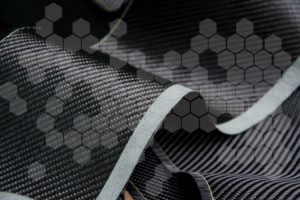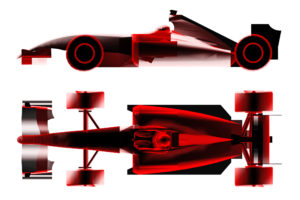The auto industry is continually working to improve the vehicles they build. This includes looking for ways to make the car stronger, lighter and more efficient. This is where carbon fiber raises the bar. Carbon Fiber has been used in race cars for years thanks to the weight saving and its strength.
Manufacturers have used carbon fiber for doors, hoods, and roofs on sports cars. They’ve also used carbon fiber to build the chassis of performance vehicles. This allows them to build a lightweight vehicle with great strength making it faster and more efficient.
So what is the next step? How far can carbon fiber take us?
Carbon fiber car batteries
If Leif Asp has his way, future vehicles will be made out of batteries. He believes that if batteries make up the structure of vehicles and electronics, then those products would be far lighter and more efficient. He envisions a car that also acts as an energy source.
Asp is a Professor of Material and Computational Mechanics at Chalmers University of Technology. Asp researches carbon fibers and their ability to be used as more than a reinforcing material.

What are carbon fiber car parts?
- Carbon fiber has electrochemical properties and is used because it is lightweight. It is also known for its strength and stiffness. Most carbon fibers available on the market today are used for structural applications –think bicycles. Electrical components are sometimes made of the same material. Asp believes that carbon fiber that could do both.
- A traditional battery adds weight and saps efficiency. They do not contribute to the physical strength and structure of the car that it’s powering. Asp suggests that carbon fiber material could do double duty and improve the efficiency of cars, and airplanes.
- He would like to see boats, even smartwatches and other consumer electronics made of a material that acts as both the body and the energy source — something known as a “structural battery.” A car incorporating structural batteries could weigh up to 50 percent less. The greater weight savings could eliminate the need for fuel.
- Asp has been working with industry partner Airbus since 2015 and is producing a demo for release next year, which replaces interior lights and cables with structural carbon fiber. The Airbus demo is to show that the technology is viable.
- While the material is stiffer than steel and can carry a structural load, it will not hold a charge as efficiently as traditional batteries. If most of the car is made up of carbon fiber material, then the overall efficiency is increased.

Carbon fiber in car industry
The vision is to use the technology on luxury cars and Formula 1 race cars first, where price is not a real issue. When the technology has proven its reliability, the price will come down. Manufactures will then introduce it to the consumer market.
Not only could this save hundreds of millions of dollars over the lifetime of a vehicle, by reducing the need for fuel, or increasing fuel efficiency, greenhouse emission are also greatly reduced.
Technology – you gotta love it!


